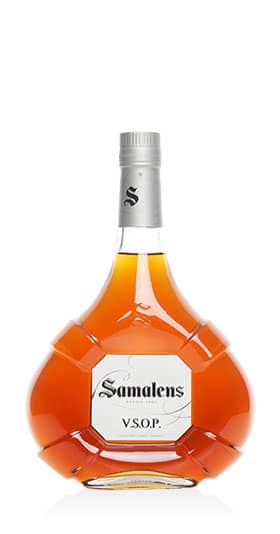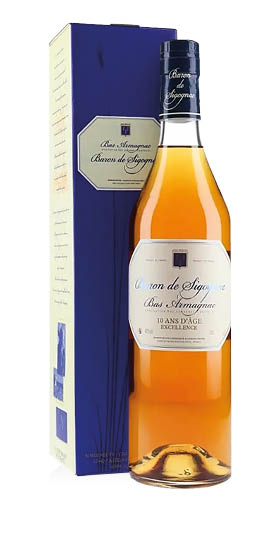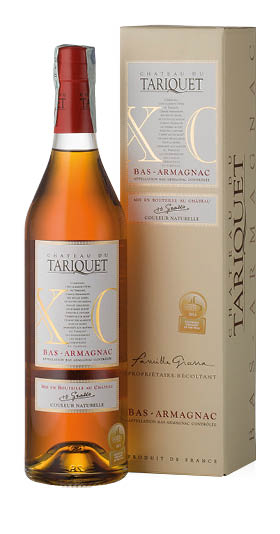Bas Armagnac
French wine spirits produced within the borders of the Gers, Landes and Lot-et-Garonne departments can bear the Armagnac AOC controlled designation of origin. Based on variations in climatic conditions, armagnacs are divided into more specific areas of origin: Bas-Armagnac, Armagnac-Ténarèze and Haut-Armagnac. The Armagnacs with the highest reputation, most commonly considered valuable and collected, come almost entirely from Bas Armagnac AOC. Ten authorized grape varieties can contribute to the production of this brandy even if its personality is generally marked by the presence of one of these four varieties: ugni-blanc, folle blanche, baco and colombard. Sometimes you can find armagnac made from some grapes that today constitute real rarities: clairette de Gascogne, jurançon blanc, plant de graisse, meslier saint françois and mauzac blanc.
The wine to be started for distillation and finally for ageing is always a naturally fermented white wine, low in alcohol and rather acidic, a characteristic that will allow the armagnac obtained to face long periods of ageing. According to the requirements of the specification, it must be distilled in a traditional artisan certified alembic still. The quality of the oak and the capacity of the containers are also certified. It undergoes a strict quality control by the INAO body which discards armagnacs with quality that does not reach the standards of the appellation within the first year of ageing. A Vintage armagnac is made with grapes from the same vintage, the others are all blends of spirits from different vintages. Based on the duration of aging, they can show the duration of aging expressed in years, e.g. 15 years, 20 years, or with the acronyms VS or ***, VSOP and XO or Hors d'Age which respectively indicate at least 1, 4 or 10 years of aging in oak barrels.




